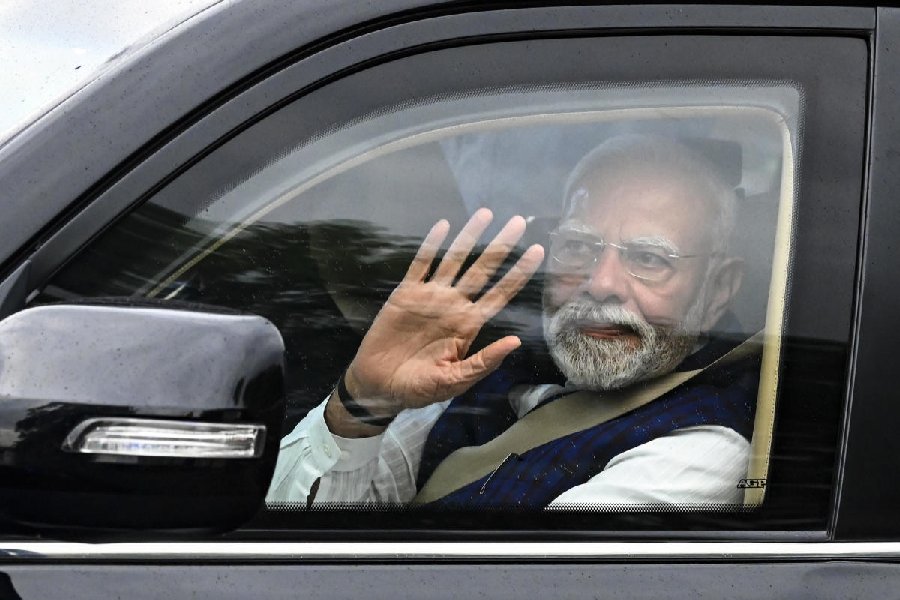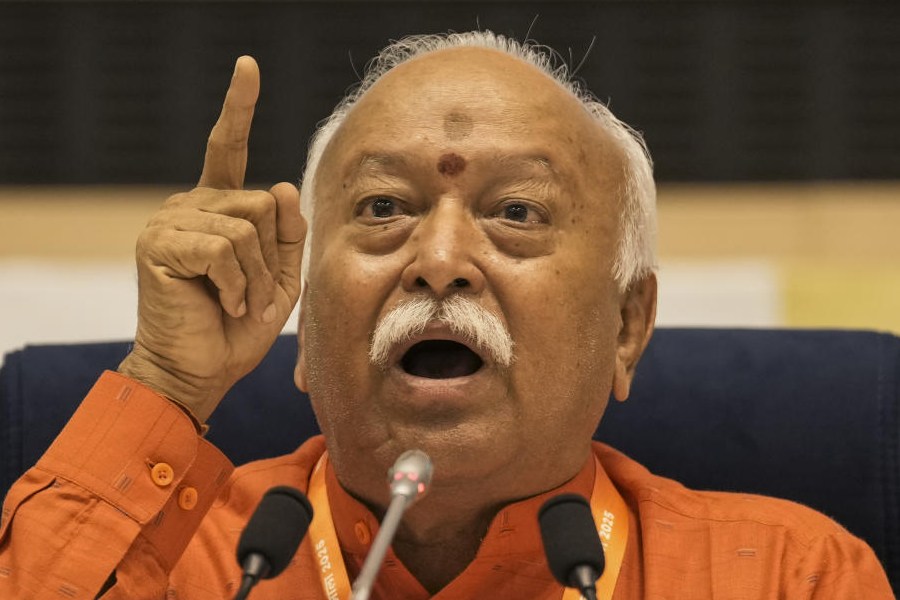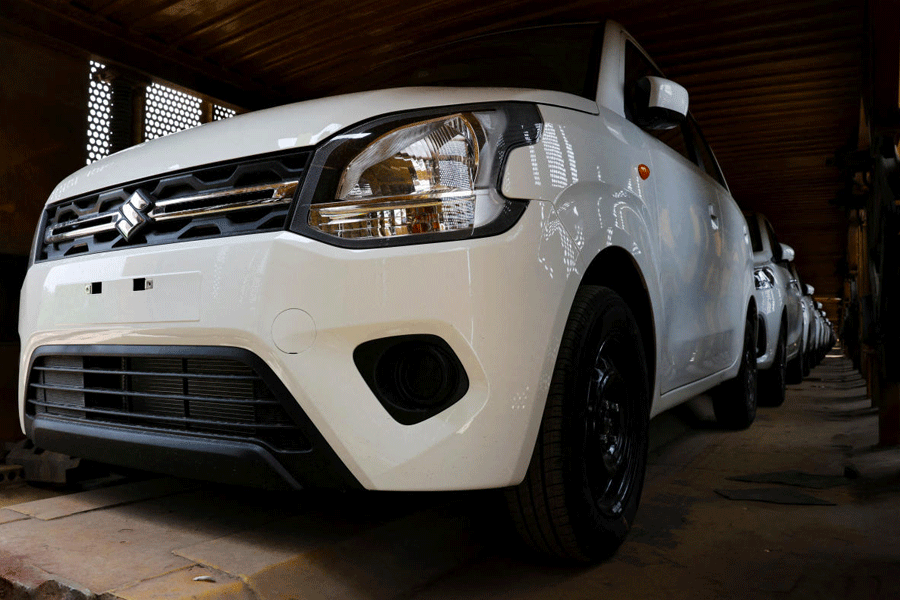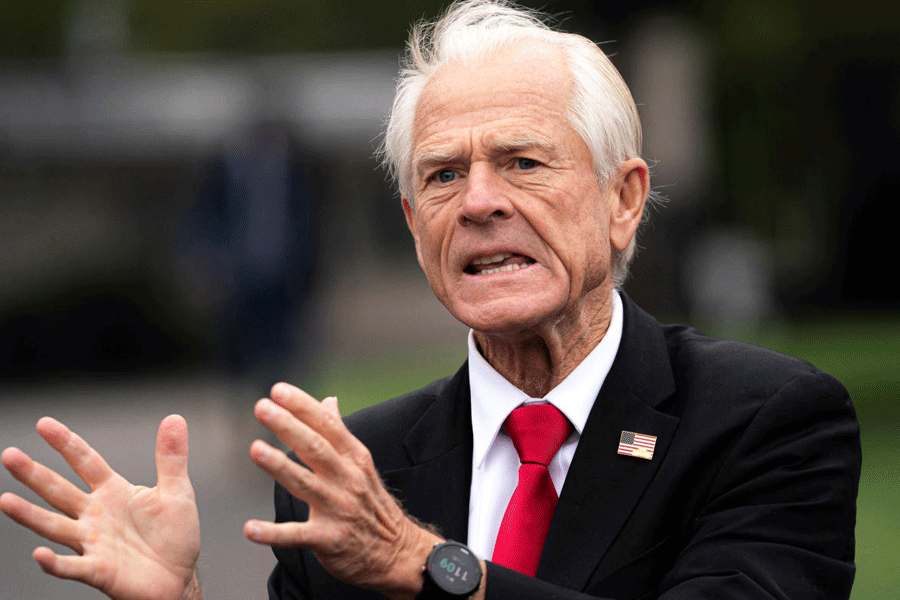|
|
I had occasion in recent months to spend time in Calcutta and Chennai. The structure of both is surprisingly similar. Calcutta is spread out north-to-south along the Hooghly; Chennai is similarly spread out along the Bay of Bengal. This layout generates traffic along the long axis. To carry the increasing traffic, parallel roads spread out to the east or west, wherever space is available, like the metropolitan bypass in Calcutta. They act as walls segregating different parts of the city, each of which acquires its distinct character. One standard pattern is that big buildings on large plots are strung along the arteries. Increasingly, these are office buildings. In the interstices between the arteries are districts which are more residential.
The most striking difference is in the character of the traffic. Animal-drawn vehicles have been long gone in both cities, but cycle-driven vehicles survive in Calcutta, whereas they have been completely removed in Chennai. As a result of this single difference, traffic moves much faster and more smoothly in Chennai. Local authorities in Calcutta are not unaware of this factor; they have largely banished cycle rickshaws from the main roads. But they still allow them on side roads, from which they frequently spill out and clutter the main roads. Black-and-yellow taxis too are common on Calcutta roads. They have virtually disappeared from Chennai roads; there if people want a taxi, they ring up various taxi services. So taxis do not crowd the streets.
Another factor that makes an enormous difference between the two cities is the use of footpaths. Calcutta’s footpaths are cluttered with shops and hawkers; such intrusion is almost entirely absent in Chennai. The result is twofold. First, pedestrians in Calcutta use roads as pavements, and motorized traffic sneaks in between pedestrians. In Chennai, motorized traffic is completely unobstructed by humans, and moves smoothly. The other, less obvious, result is that the pavement shops in Calcutta generate an enormous amount of refuse which they throw on the roads. So the roads are strewn with waste which pedestrians adroitly avoid. Their dance-like, non-linear movement forces drivers of wheeled vehicles to become equally adroit in avoiding the pedestrians.
Because motorized traffic moves faster in Chennai, it is possible to take in more meetings in a day. A visitor like me can safely plan up to five meetings; locals, who have better knowledge of roads and traffic density, can do better. In Calcutta, I find that it would be unwise to plan more than three meetings in a day; and even then I find myself ringing up my contacts, warning them that I am going to be late and apologizing. They equally waste their time waiting for me.
The interstices between the roads were originally residential, but commercial activities have penetrated them. The commercial activities in Calcutta are mostly in the nature of small shops. In Chennai, such shops are absent; interstitial commercial activity is entirely in the form of offices. This is one reason why Chennai has become a hub of the information technology and business process outsourcing industries. To begin with at least, IT firms start in residential buildings. Slowly, the residential buildings become entirely commercialized, and streets change their character. This trend has been slowed down to some extent by the arrival of high-rise buildings; they pack offices much more tightly than old two- or three-storey buildings. The same shift to high-rise buildings is happening with a lag in residential accommodation.
But here there is a significant difference between Calcutta and Chennai. Before the advent of cheap lifts and high-rise buildings, the conventional wisdom was that humans could climb four storeys on their own steam. So governments allowed four-storey buildings in the 1960s and 1970s, and allocated vast tracts of new land to them. So the outskirts of Calcutta are infested with thousands of such five-floor buildings. Poorly maintained, they present a depressing sight today. Chennai also has these mass- produced chawls. They are populated by the poor, or the lucky ones amongst them whom the government accommodated there; in the space around, they have set up shops, and thus converted the localities into modern villages or near-slums. But the extent of this failed bourgeoisification is more limited in Chennai, which to a great extent has kept its leafy side streets. Today, those streets are also getting crowded with offices and the cars of office-goers. But the neighbourhoods are still more pleasant than either the crumbling old residential districts or discoloured new residential buildings of Calcutta. It looks as if the people of Chennai repaint their buildings more often.
The other big difference between the two cities is that Chennai is a bustling deep-water port, whereas Calcutta has virtually died out as a port. Considerable industry has come up around Chennai, which uses the port. The outstanding one is automobiles; the Chennai region is India’s biggest automobile hub, rivalled only by the hub south of Delhi. Automobile production has settled down here not only because space and labour are cheap. It is also because it is much easier to import components through Chennai port. Industrial firms today buy in and buy out to a great extent, and specialize in a few operations; Chennai port enables them to do this on an international scale. Chennai port, too, is not deep enough for modern tankers and carriers. They unload cargo in Colombo, which is then transhipped to Chennai in smaller ships. Now Chennai port is also getting crowded, and traffic is spreading to ports further south; the next candidate for a major port is Ennore.
Because of the presence of industry and logistics on such a large scale in Chennai, there is enormous demand for white-collar labour. So the middle-class suburbs survive and prosper. Small houses are being demolished and replaced by taller and more luxurious houses. This is going on in Calcutta as well, but on a smaller scale.
Chennai, like other peninsular cities, has girls sputtering about on scooters. But scooters and motor cycles no longer dominate Chennai roads; they are giving space to cars. Calcutta has proportionally more two-wheelers, which add to road hazards and make driving a more skilled occupation.
Both West Bengal and Tamil Nadu are going to have state elections soon. This is unmistakable in Calcutta. Banners flutter, processions proliferate, and three-wheelers equipped with microphones carry political messages to streets and corners. Election fever is not entirely absent in Chennai. Portraits of members of the ruling family are often prominently displayed. But aside from them, there is little disfiguring of the streets. Processions are virtually unknown. The normal economic and industrial activity of Chennai goes on, uninterrupted by electoral applications of the roads; in Calcutta, election processions and rallies are impossible to miss.
Finally, the two cities differ greatly in women’s dress sense. Calcutta women mostly wear simple cotton saris; in Chennai, it is common to see them in embroidered silk saris. The use of ornaments is rare in Calcutta; they are mostly confined to an occasional nose or ear stud. In Chennai, on the other hand, women wear much more jewellery, especially bangles, bracelets, necklaces, nose and ear studs. Silver, once very popular in southern India, has virtually disappeared. Today, it is all gold and gems.











